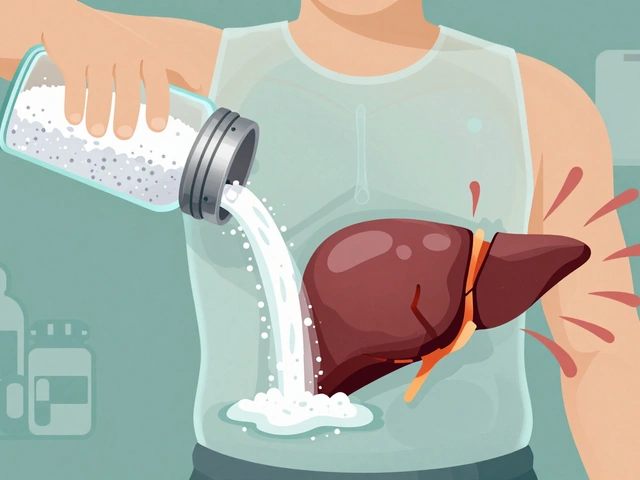Valproate Prescription: What You Need to Know
When handling valproate prescription, a prescribed regimen of the anticonvulsant medication valproic acid used to control seizures, bipolar disorder, and migraine. Also known as valproic acid therapy, it plays a crucial role in stabilizing neuronal activity. Understanding how it works, who should take it, and what monitoring is required helps you make safer choices.
Valproate belongs to the broader class of anticonvulsants, drugs that reduce abnormal electrical activity in the brain. These agents, including carbamazepine and lamotrigine, are the backbone of epilepsy treatment, the medical management of recurring seizures. While valproate is highly effective for many seizure types, its use demands careful attention to dosage, blood level checks, and potential interactions. A solid valproate prescription plan means regular therapeutic drug monitoring to keep serum levels within the therapeutic window of 50‑100 µg/mL, minimizing side effects while preserving seizure control.
Another key player in the conversation is pregnancy safety, the evaluation of drug risks for fetal development. Valproate carries a well‑documented teratogenic risk, including neural tube defects and cognitive impairments in the child. Physicians often weigh this risk against seizure control benefits, sometimes opting for alternative anticonvulsants like levetiracetam for women of child‑bearing age. If valproate remains necessary, strict birth‑control measures and pre‑pregnancy counseling become non‑negotiable parts of the prescription process.
Beyond seizure control, valproate prescription intersects with mood stabilization. In bipolar disorder, the drug can smooth out manic spikes, but the dosage differs from the epilepsy protocol, typically ranging from 750‑1500 mg per day. Monitoring liver function tests and platelet counts is essential because valproate can cause hepatotoxicity or thrombocytopenia, especially in the first six months of therapy. Understanding these cross‑indications helps patients and providers balance benefits and risks across multiple conditions.
Practical steps for anyone starting a valproate prescription include:
- Confirm the exact indication (seizure type, mood disorder, migraine).
- Establish a baseline lab panel: liver enzymes, CBC, and pregnancy test if applicable.
- Schedule blood level checks every 2‑4 weeks until stable, then every 6‑12 months.
- Review all concurrent meds for interaction potential—certain antibiotics, aspirin, and herbal supplements can raise valproate levels.
- Discuss lifestyle factors: alcohol can increase toxicity, while consistent meal timing aids absorption.
While valproate remains a cornerstone for many neurological and psychiatric disorders, the landscape is shifting. Newer agents with fewer birth‑defect warnings are entering the market, and personalized medicine approaches—like genetic testing for enzyme polymorphisms—are starting to inform dosing. Keeping an eye on emerging research ensures that a valproate prescription stays current and patient‑centered.
Below you’ll find a curated set of articles that break down specific aspects of valproate use: comparisons with other anticonvulsants, detailed side‑effect profiles, how to purchase generics safely, and advice for special populations such as pregnant women or teens. Dive in for the actionable insights you need to manage your therapy confidently.

Buy Cheap Generic Depakote Online - Safe & Affordable Options
Learn how to safely buy cheap generic Depakote online in Australia, get a legal prescription via telehealth, compare prices, and spot reputable pharmacies.
read more




